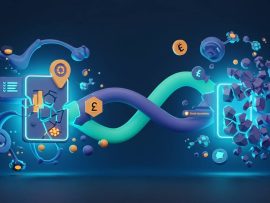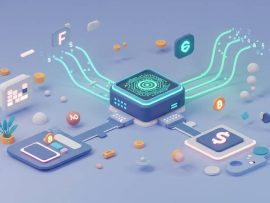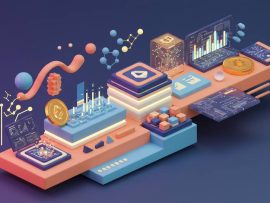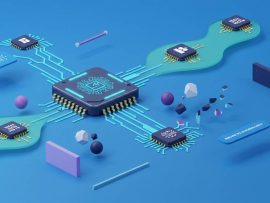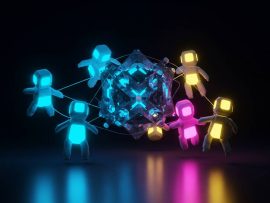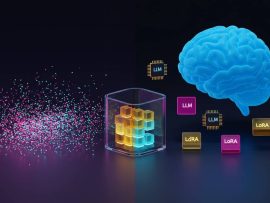What if individual AI programs could work together as a team to solve problems too complex for any single one to handle? That is the core idea behind multi agent systems. This article explores several compelling multi agent ai systems practical examples, moving beyond theory to showcase how this technology is already reshaping major industries and creating smarter, more efficient solutions for the real world.
Contents
What exactly are multi agent AI systems
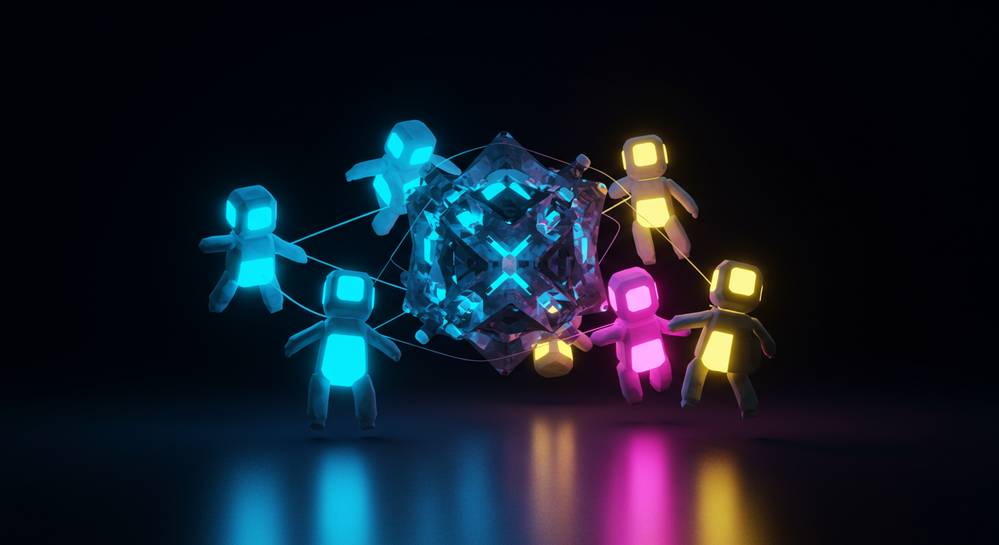
Before exploring multi agent AI systems practical examples, it is crucial to understand the core concept. A multi agent AI system, or MAS, is a decentralized network of independent, intelligent agents. These autonomous agents collaborate to solve problems far too complex for any single entity. They communicate and coordinate to achieve a shared objective, making the collective system vastly more powerful than the sum of its parts. This approach mirrors complex adaptive systems found in nature, like ant colonies.
- Autonomy: Each agent operates independently, controlling its own actions and internal state without direct intervention from a central controller.
- Coordination: Agents communicate and collaborate to achieve common goals, sharing information or negotiating tasks to resolve conflicts effectively.
- Decentralization: Intelligence and decision making are distributed across the network. This eliminates a single point of failure, making the system robust and highly scalable.
This distributed architecture marks a significant departure from monolithic models. To understand the full scope of this technology, it is helpful to first know what is AI in its traditional, centralized form. This contrast highlights the unique resilience and adaptability that multi agent systems bring to complex problem solving.
Transforming logistics and supply chain management
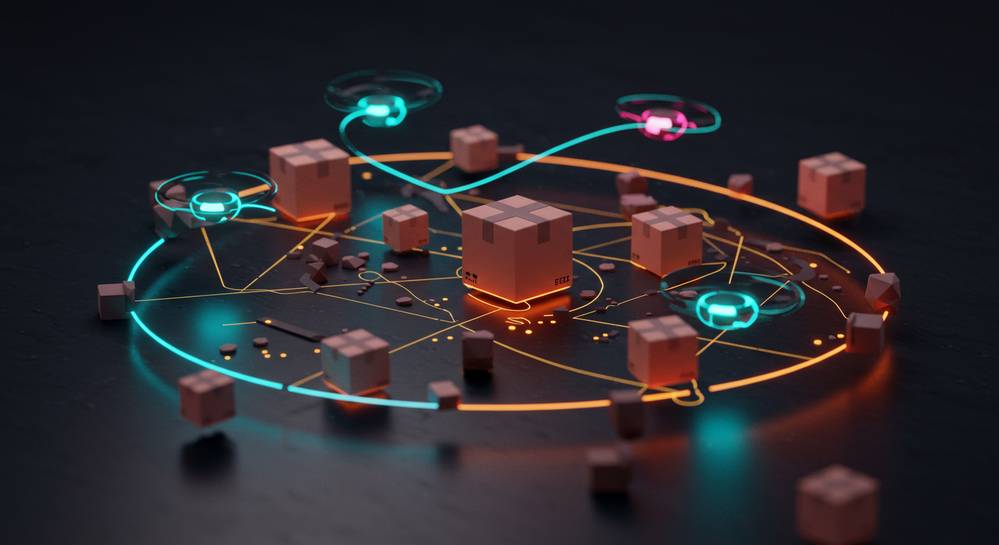
Some of the most compelling multi agent AI systems practical examples are revolutionizing logistics. These systems thrive in complex, dynamic environments by coordinating countless moving parts in real time. They enable a level of optimization and resilience that centralized models cannot match, directly addressing the core challenges of modern supply chains from warehousing to final delivery.
Autonomous warehouse robotics
In massive fulfillment centers, swarms of robots operate as autonomous agents. Each one has a simple goal: retrieve and transport goods. They communicate constantly to coordinate paths, avoid collisions, and optimize traffic flow without a central system micromanaging every move. This decentralized approach dramatically increases throughput and makes the entire operation resilient to individual robot failures.
Dynamic fleet management
Delivery and ride sharing services use MAS to manage vehicle fleets. Each vehicle acts as an agent, sharing its location, destination, and status. The system then collectively optimizes routes to bypass traffic and assigns the nearest unit for a new task. This is one of the most visible examples of AI in use today, ensuring faster, more energy efficient operations across entire cities.
Innovations in smart grids and urban traffic control
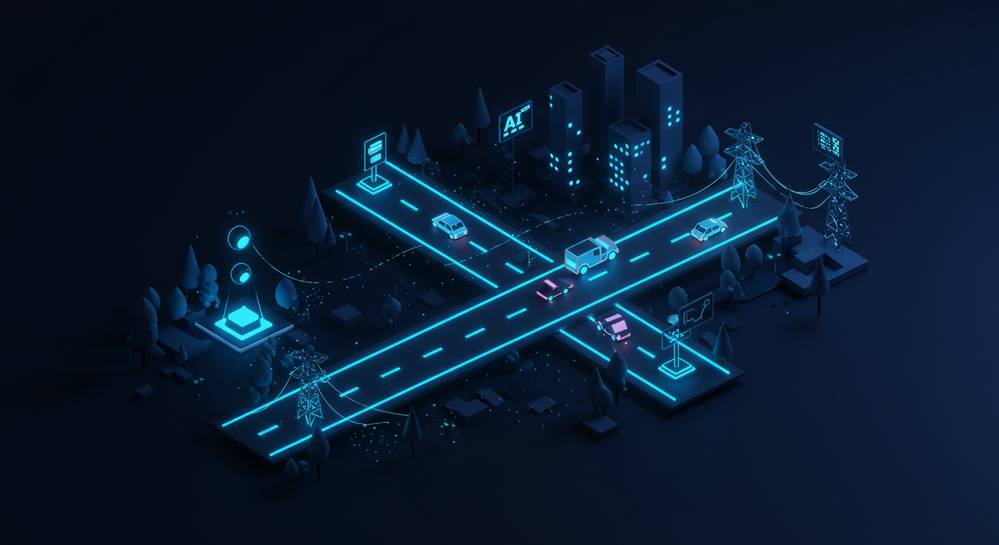
The principles of decentralized coordination make MAS an ideal solution for managing large scale public infrastructure. By distributing intelligence across the network, these systems build more resilient and efficient urban environments. These applications offer some of the most advanced multi agent AI systems practical examples, moving beyond logistics into the core of city operations and public services.
Smart energy grid optimization
In a modern smart grid, individual agents can represent power generators, storage units, and even household appliances. These agents negotiate energy prices and consumption in real time. During peak demand, agents can collectively decide to reduce non essential consumption or draw power from distributed storage, automatically undefined and preventing blackouts.
Intelligent urban traffic control
Instead of relying on fixed timers, traffic lights become intelligent agents communicating with each other and with vehicles. By sharing real time traffic data, the network of agents can adapt signal timings to ease congestion. This system can clear paths for emergency vehicles and reroute traffic around accidents, creating a fluid, self organizing system that improves flow across an entire city.
The future of autonomous systems and collaborative ai
Looking ahead, the potential for multi agent AI systems expands into frontiers that require unprecedented levels of collaboration and adaptability. These advanced applications are set to redefine what is possible in science, finance, and exploration. The next wave of multi agent AI systems practical examples will tackle challenges on a scale previously unimaginable, pushing the boundaries of automated problem solving and discovery.
- Collaborative Scientific Research: In fields like drug discovery or climate modeling, thousands of AI agents can simulate complex interactions. Each agent might represent a molecule or a climate variable, working together to explore vast solution spaces and uncover patterns impossible for a single AI to find.
- Decentralized Finance (DeFi): Autonomous agents are already active in DeFi protocols. They act on behalf of users to execute trades, provide liquidity, and perform arbitrage across different platforms, creating a highly dynamic and automated financial ecosystem.
- Space Exploration: A swarm of small, autonomous rovers could explore a planet like Mars more effectively than a single, large one. The rovers could coordinate to map terrain, share discoveries, and provide backup for one another, covering more ground and increasing the mission resilience.
From optimizing warehouse floors to balancing entire energy grids, the applications of multi agent AI systems are not science fiction; they are a practical reality solving complex, large-scale problems today. By harnessing the power of decentralized collaboration, these systems offer a new paradigm for building more resilient, efficient, and intelligent solutions for the future. To stay ahead of the curve in technology, explore more insights from Virtual Tech Vision and see what is coming next.

